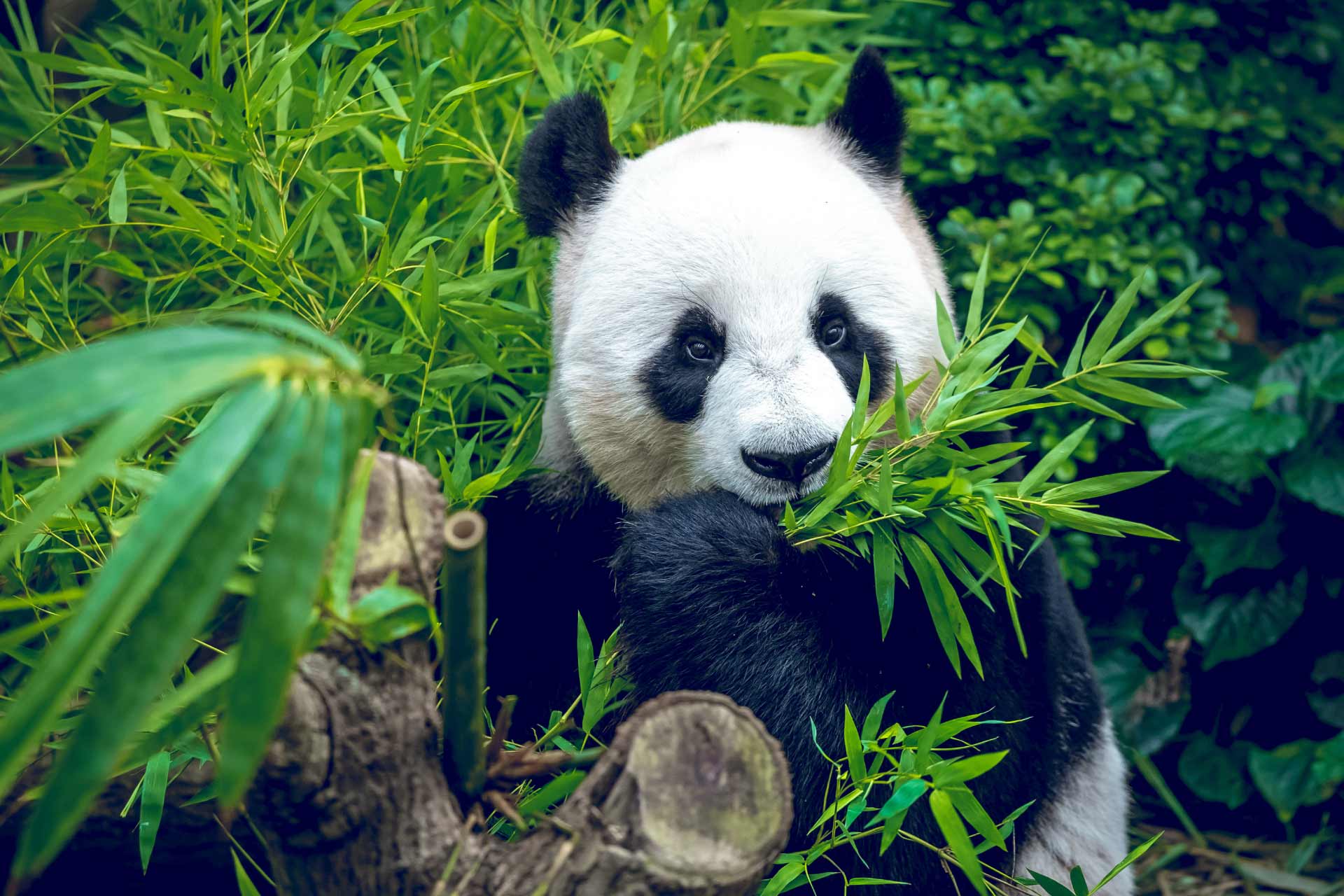What is already known on this topic
Many animals experience seasonal changes in their gut microbiota composition as a result of certain foods not being available year-round. For example, certain species of monkeys have a different microbiota in summer, when they eat young leaves rich in easily digestible carbohydrates, lipids, and proteins, compared with that in winter, when the animals feed on old leaves and roots that are rich in cellulose and dietary fiber. However, the effects of these shifts in gut bacteria remain unclear.
What this research adds
Wild giant pandas feed on fibrous bamboo leaves for most of the year, but during late spring and early summer, they eat bamboo shoots that are rich in protein. By studying the gut microbiota of these animals, researchers found that they have higher levels of Clostridium butyricum during the shoot-eating season than during the leaf-eating season. C. butyricum produces a metabolite that appears to upregulate the expression of a gene involved in lipid production and storage. Germ-free mice that received panda feces collected during shoot-eating season gained more weight and had more fat than those that received feces collected during leaf-eating season.
Conclusions
The findings show that seasonal changes in the gut microbiota can influence growth in wild pandas and may explain how these animals compensate for the lack of nutrients in leaf-eating season.
Many animals, including people, experience seasonal changes in their gut microbiota composition as a result of certain foods not being available year-round. Now, researchers have found that shifts in gut microbes of giant pandas helps the animal gain weight and store fat, compensating for the lack of nutrients in particular seasons of the year.
The findings, published in Cell Reports, show that seasonal changes in the gut microbiota can influence growth in wild pandas. They may also explain how these animals manage to stay fat during periods in which they feed only on fibrous bamboo leaves — a poor quality food low in fat. “This is the first time we established a causal relationship between a panda’s gut microbiota and its phenotype,” says study first author Guangping Huang at the Institute of Zoology of the Chinese Academy of Sciences.
Scientists have known that certain species of monkeys have a different microbiota in summer, when they eat young leaves rich in easily digestible carbohydrates, lipids, and proteins, compared with that in winter, when the animals feed on old leaves and roots that are rich in cellulose and dietary fiber. A similar shift has also been seen in a population of modern hunter-gatherers as the type of available food changes throughout the year. However, the effects of these shifts in gut bacteria remain unclear.
Wild giant pandas feed on fibrous bamboo leaves for most of the year, but during late spring and early summer, they eat bamboo shoots that are rich in protein. “We’ve known these pandas have a different set of gut microbiota during the shoot-eating season for a long time, and it’s very obvious that they are chubbier during this time of the year,” Huang says.
To assess whether seasonal changes in gut microbes could influence the weight and fat storage of wild pandas, Huang and colleagues studied fecal samples collected from eight wild giant pandas living in China’s Qinling Mountains.
Circadian rhythm
During both the leaf-eating and the shoot-eating seasons, Firmicutes were the dominant bacteria in the panda’s guts, followed by Proteobacteria, Cyanobacteria, Bacteroidetes, and Actinobacteria.
However, the animals had higher levels of Clostridium butyricum during the shoot-eating season than during the leaf-eating season, the researchers found. Further analyses showed that butyrate, one of the metabolites produced by C. butyricum, could upregulate the expression of a gene called Per2, which increases lipid production and storage.
Per2 is a key circadian gene, which appears to synchronize host peripheral circadian rhythm for modulating lipid metabolism, the researchers say.
Weight gain in wild pandas
To assess whether the shift in gut microbiota could affect the metabolism of an animal, the researchers transferred panda feces into germ-free mice, and then fed the mice with a bamboo-based diet for three weeks.
Mice that received panda feces collected during shoot-eating season gained more weight and had more fat than those that received feces collected during leaf-eating season, the team found. The mice also showed differences in gut microbiota composition.
Although it may be difficult to reproduce the gut microbiota of pandas in germ-free mice, the findings suggest that shifts in gut bacteria make pandas gain more weight and store more fat during shoot-eating season, the authors say. In the future, the team plans to study the roles of gut bacteria in the bear’s health. “Causal research of host phenotype and gut microbiota in wild animals is just beginning,” Huang says. “Identifying what bacteria are beneficial for animals is very important, because one day we may be able to treat some diseases with probiotics.”









